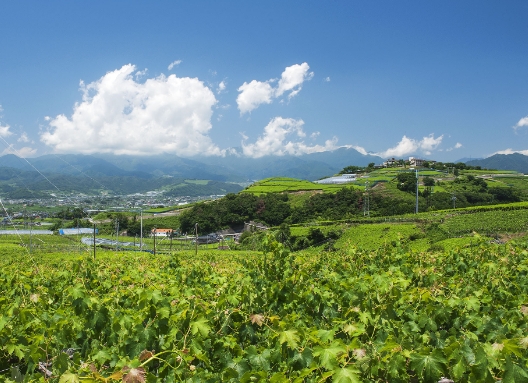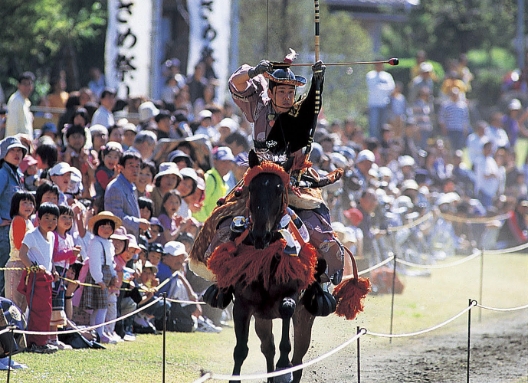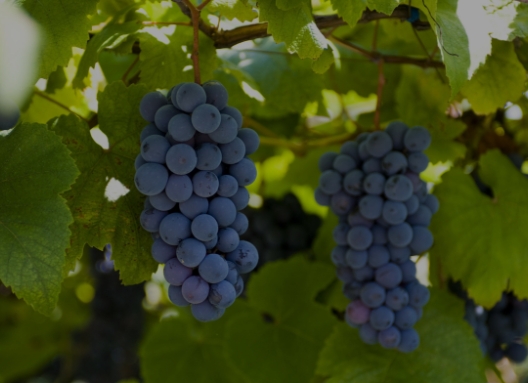Hitoana Fuji-ko Iseki
Main content starts here.

The Hitoana wind cave (lava cave) which, according to legend, are the "place where Sengen Daibosatsu (a name for the goddess of Fujisan) resides," are a sacred place. It is said that Hasegawa Kakugyo, who is thought to be the originator of Fuji-ko, underwent religious training and vanished entering Nirvana as a result of ascetic practices here in the 16th and 17th centuries. On the shrine compound there remain approximately 230 monuments that adherents set up to pray for or pay homage to Kakugyo and other predecessors and to record the number of worship-ascents they completed.After climbing up a long flight of stone steps, visitors can see stone monuments to the left and right of the entranceway. Each of these monuments, which are reminiscent of gravestones, is actually an artifact built by specific sects of Fujiko, the Edo-period Shinto groups dedicated to the worship of Fujisan. These monuments were designed to show the power and influence of each of these groups. The shrine in the central front position is the plain Hitoana Asama Shrine, which has a very simple form that is pleasing to the eye. On the right is the entrance to one of the hitoana, or caves formed by volcanic activity. Unfortunately these caves are currently not open to the public. They stretch back some 90m and then become more and more cramped and inaccessible as they go deeper into the hillside.
Category
Venue Address
418-0102 206-1 Hitoana, Fujinomiya City, Shizuoka Prefecture
Share
Other Indoor Activities
-
Discover
Shimobe Onsen
The town of Shimobe has for more than a millennium been known for the therapeutic properties of its hot spring water. Along with the physical and mental reset promoted by its waters, the town offers an escape from today’s always-on digital world.

-
Uncover
Kuonji Temple Main Gate
The Main Gate or Somon is the first gate one passes through to enter Kuonji, the grand head temple of the Nichiren school of Buddhism. Crossing its threshold is thus the first step toward the wisdom believed to be attained by those who climb the 287 steep steps up to the temple precinct.

-
Recover
Aokigahara Forest
Aokigahara is a dense, primeval forest of mixed coniferous and broadleaf trees stretching across 30 square kilometers. The forest floor consists of volcanic rock, which is hardened lava that flowed from Mount Fuji when the volcano had a major eruption in the year 864.

Home of Mt. Fuji > Yamanashi Area > Fujisan (Mt. Fuji) and Fujigoko (Fuji Five Lakes) Area > Hitoana Fuji-ko Iseki


